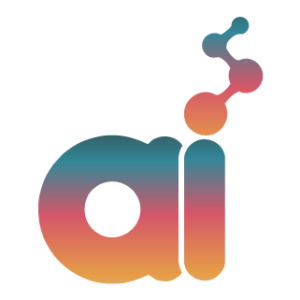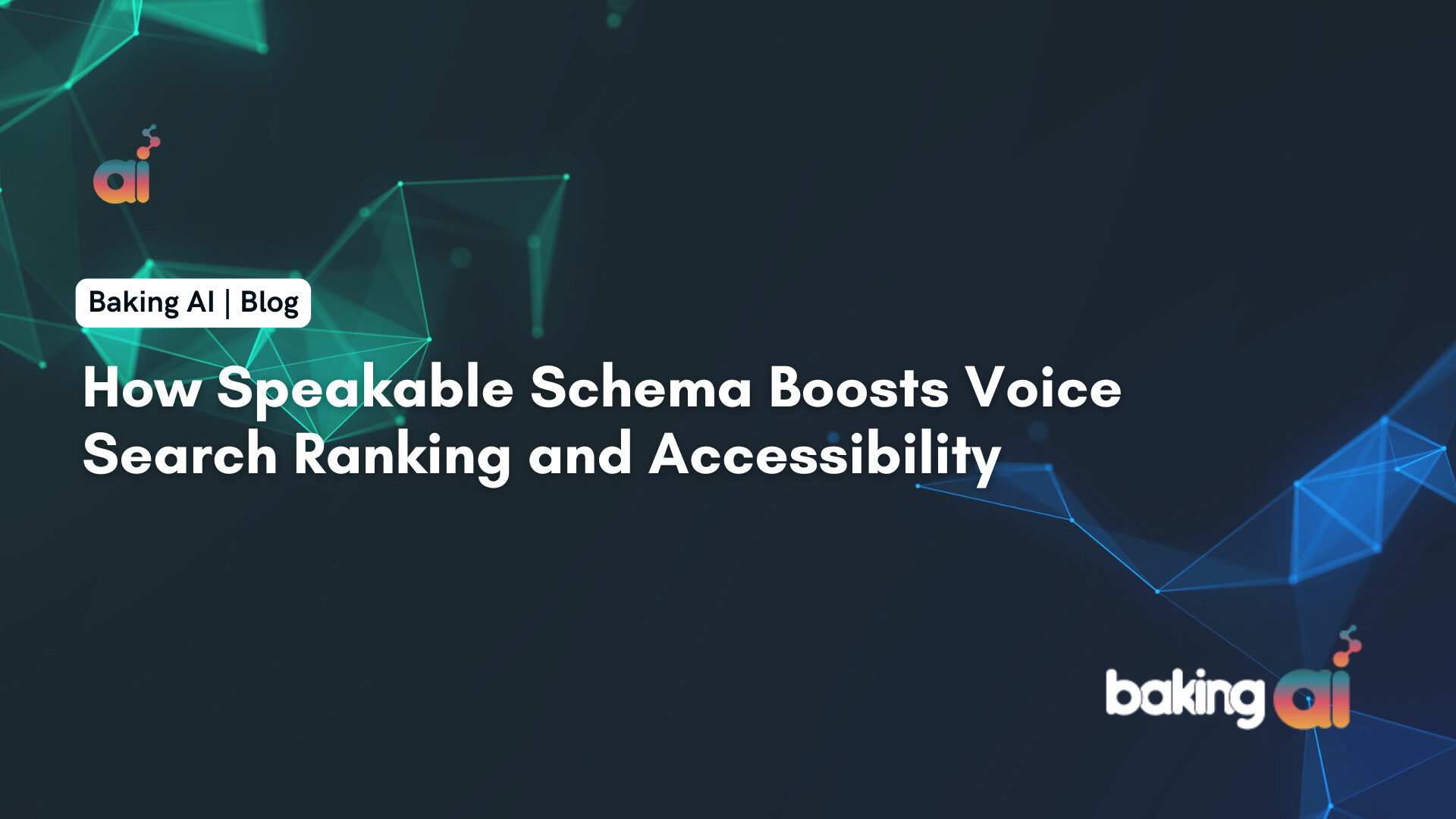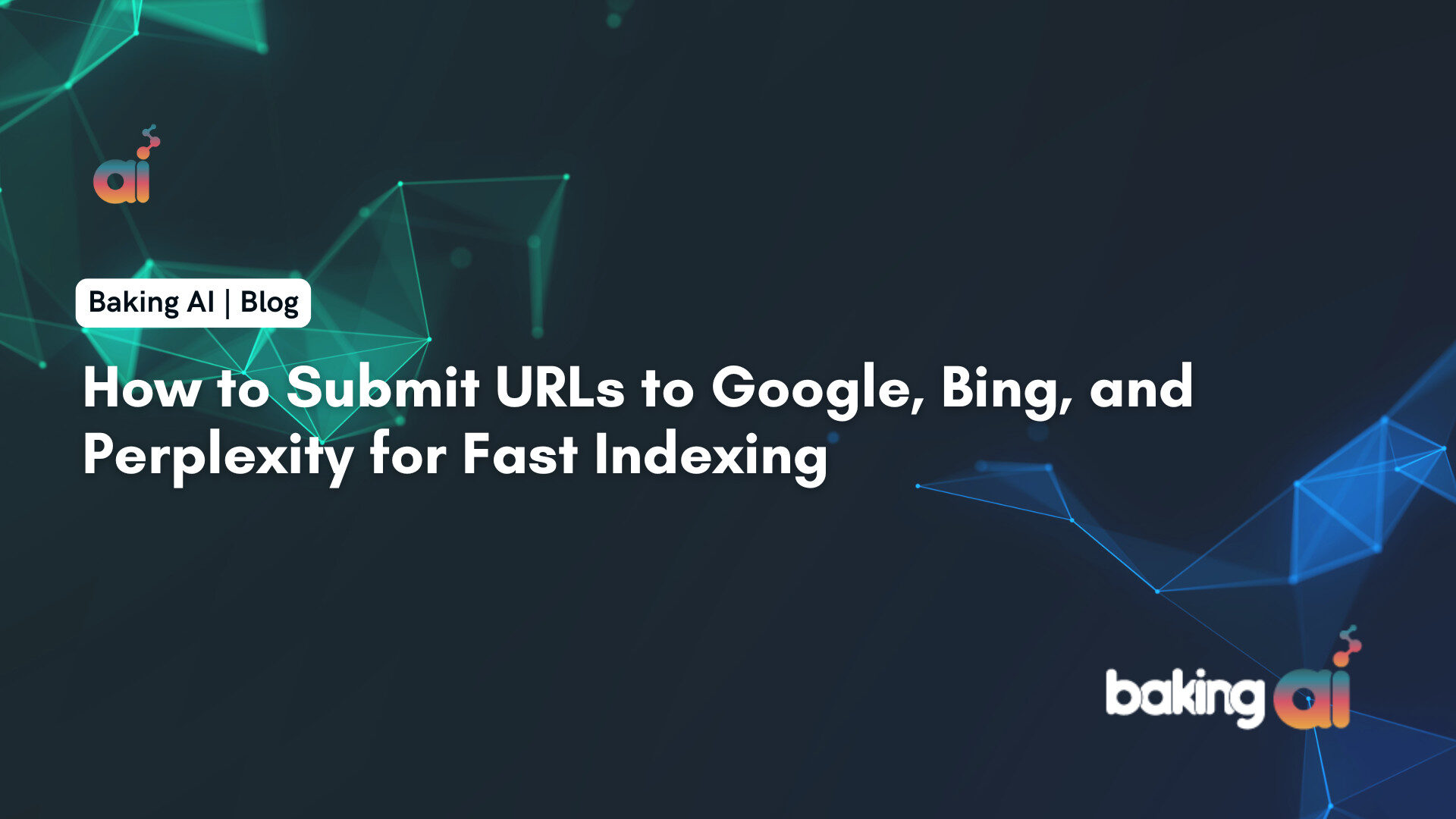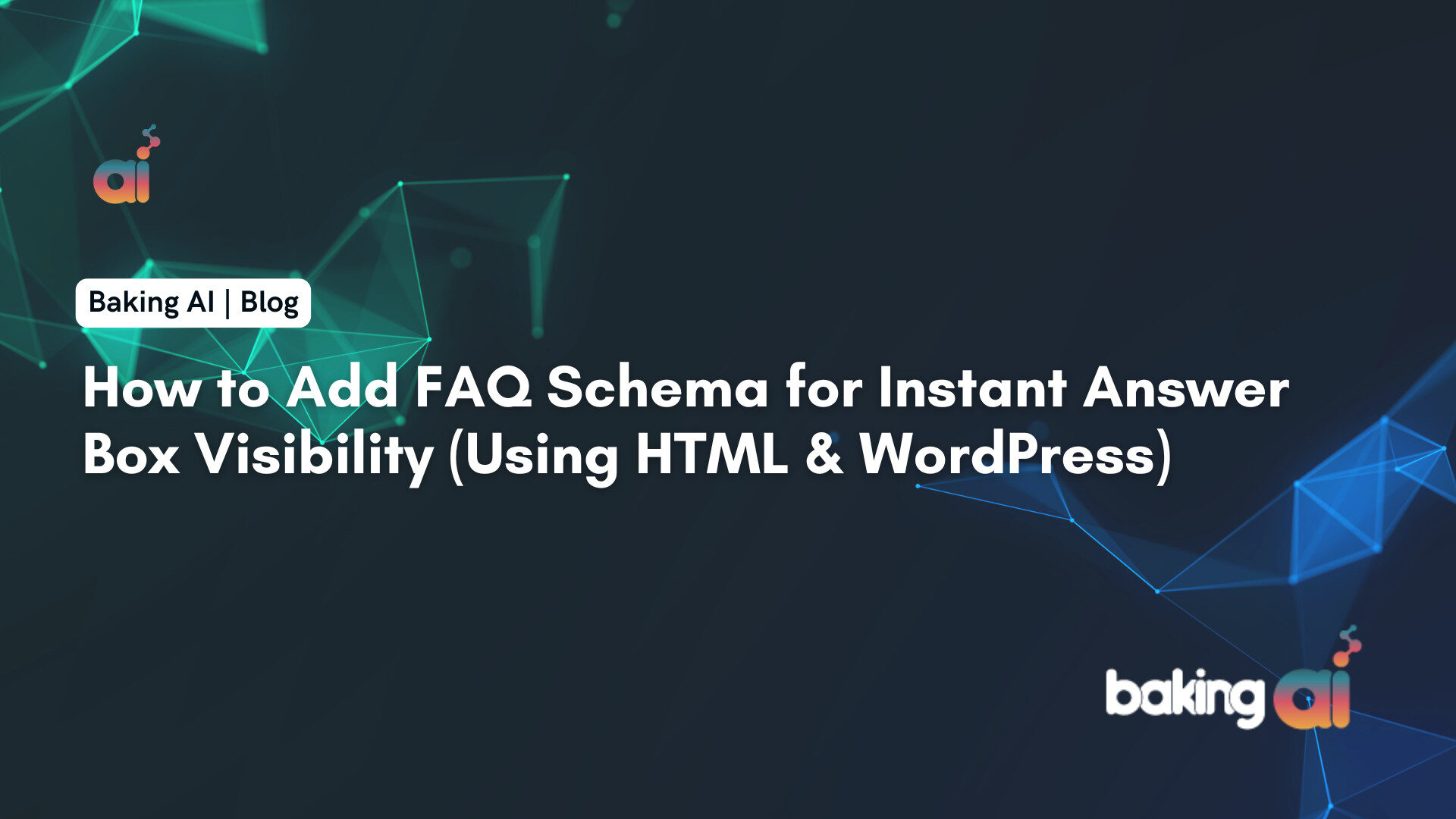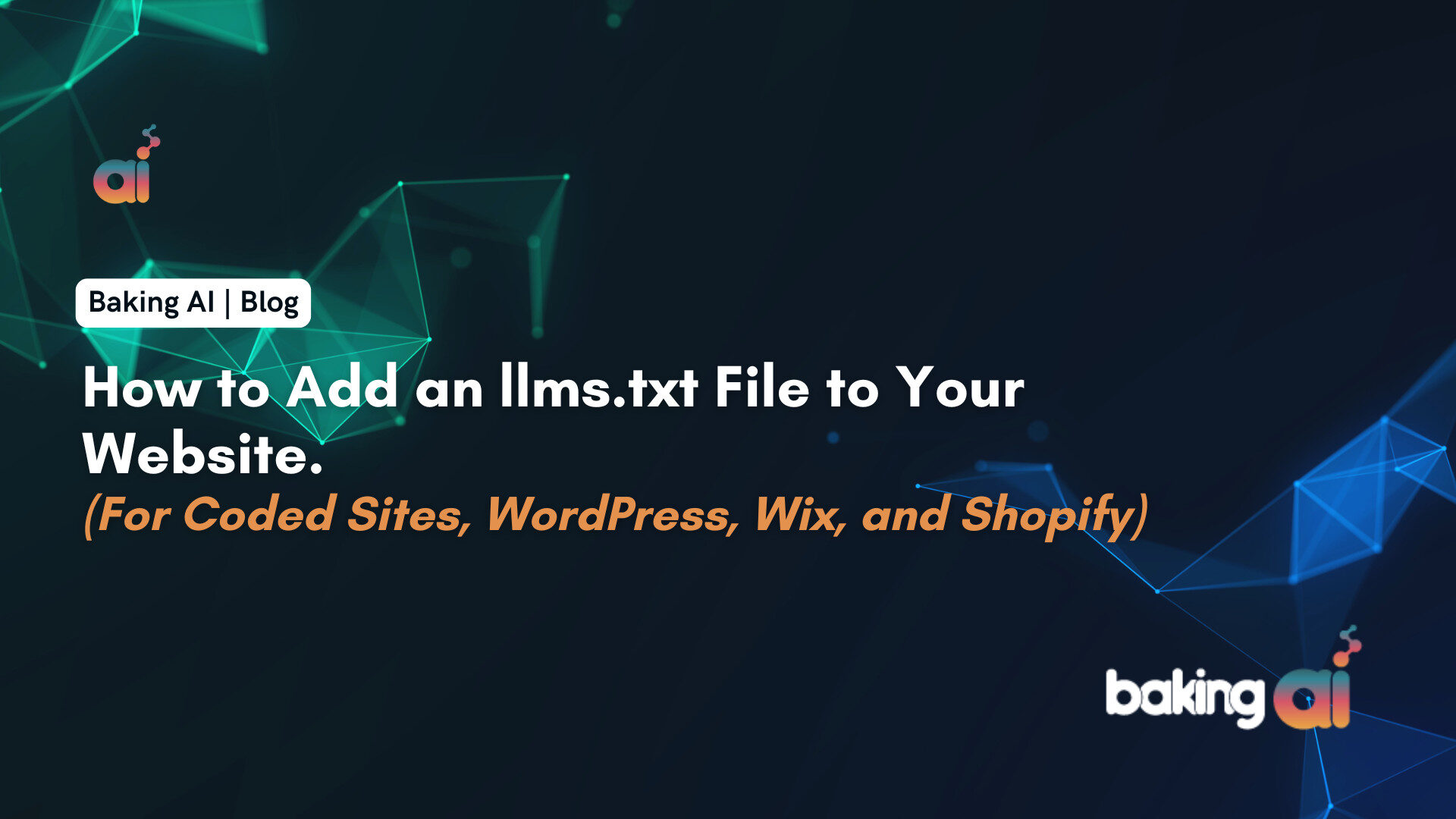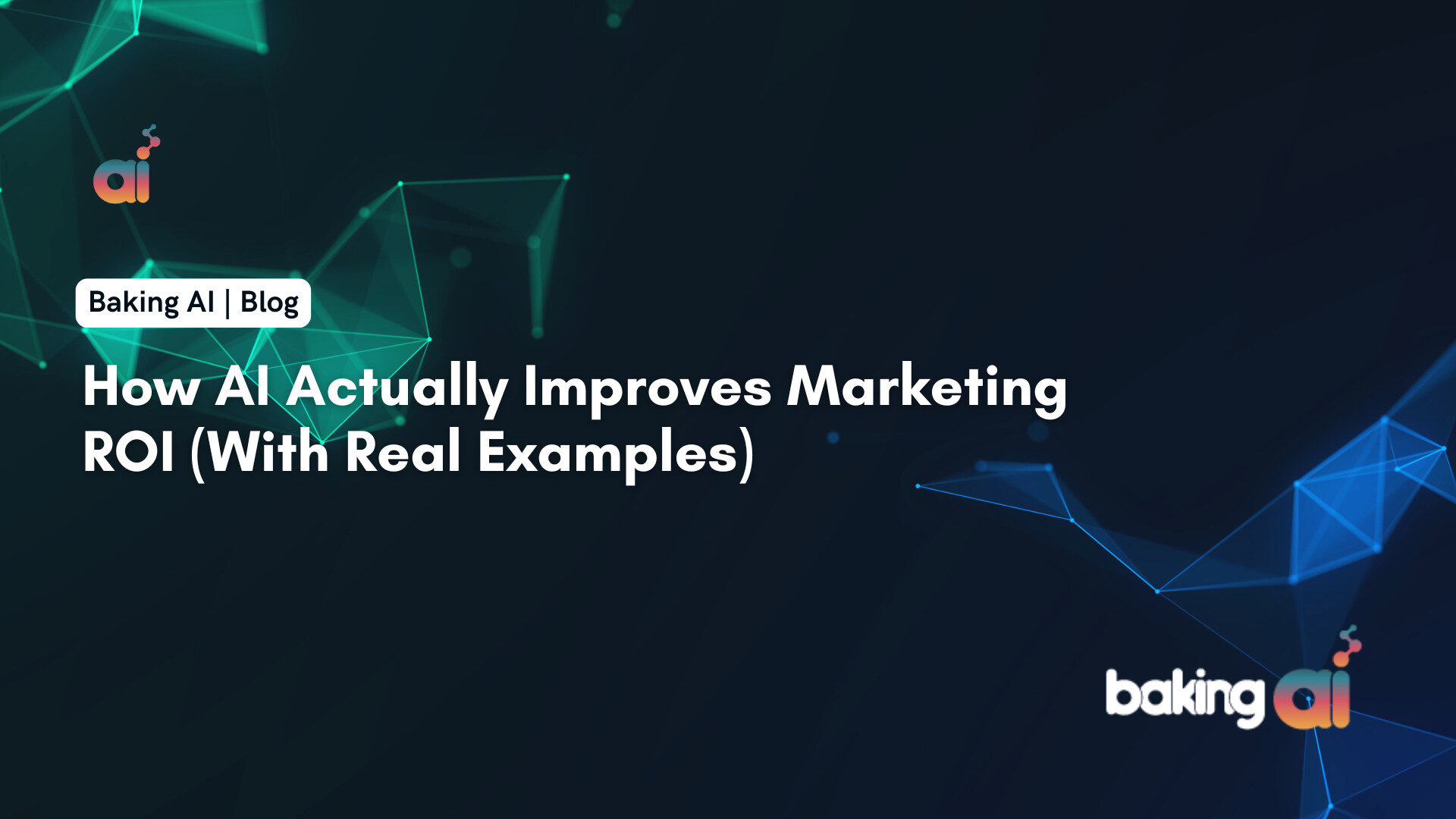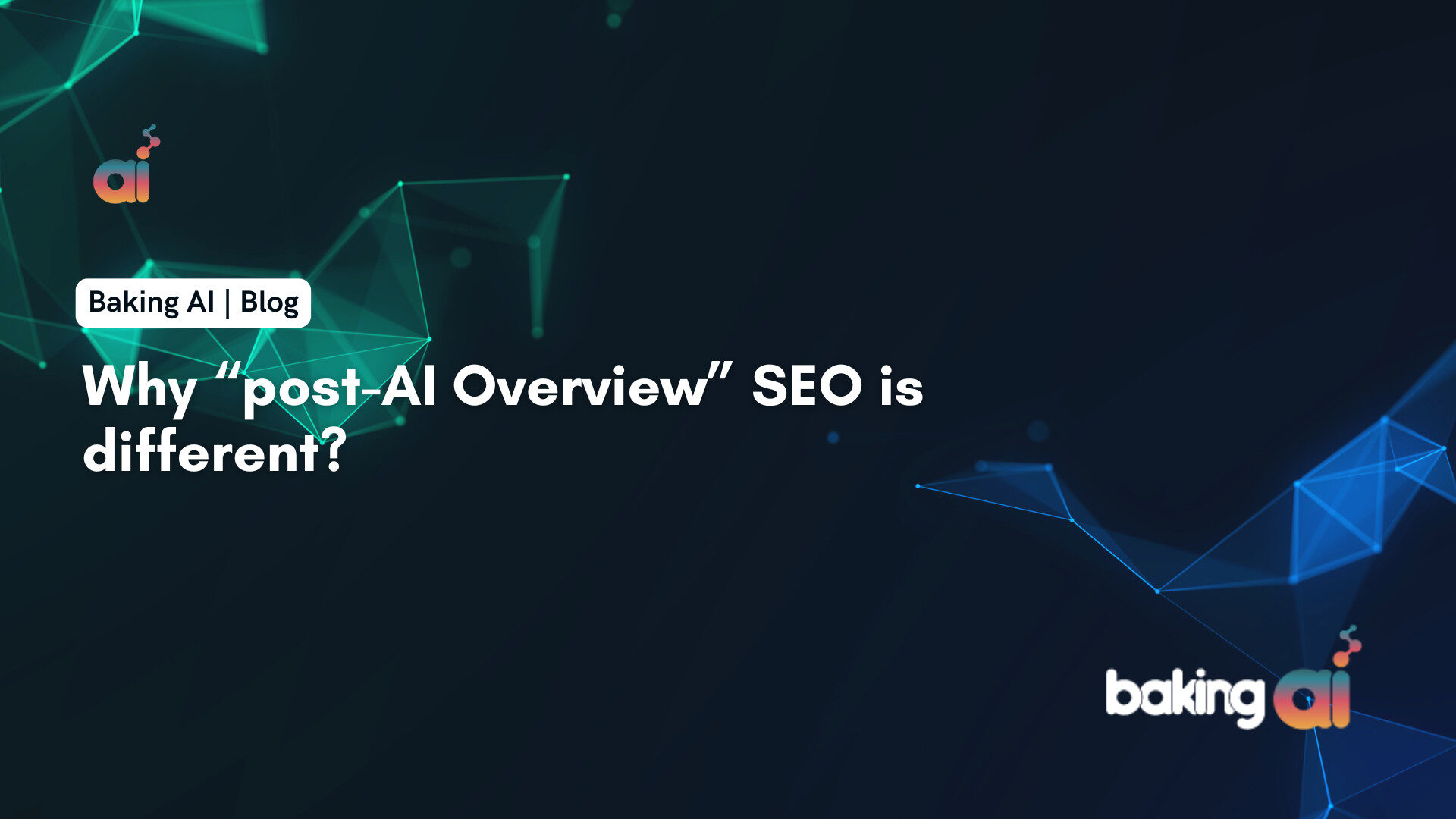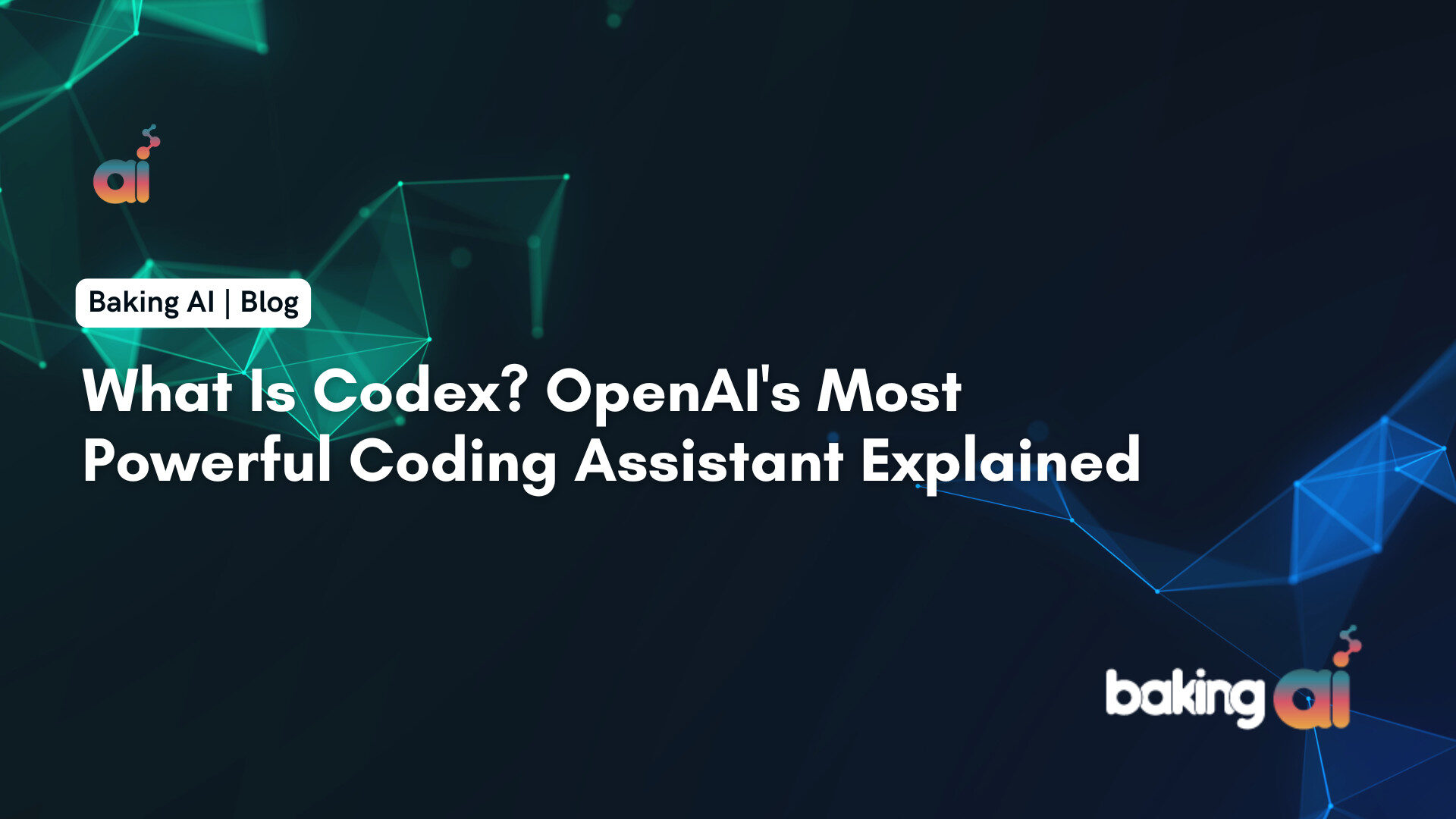Artificial intelligence sales forecasting is a sophisticated approach to predicting sales and analyzing data. It leverages machine learning algorithms, multichannel datasets, and high-powered computing resources to provide more comprehensive and insightful sales forecasts.
Sales managers often use AI-powered sales forecasting to enhance their traditional forecasting methods. This approach offers real-time data, detailed risk management profiles, and actionable recommendations, leading to improved sales outcomes.
By integrating AI sales forecasting with the expertise of sales teams and strategic use of CRM and other sales tools, businesses can uncover new opportunities to leverage their sales data for future scenarios. In this guide, you’ll learn about AI sales forecasting, how it operates, how to implement it, and the leading tools available for this strategy.
5 key benefits of using AI for predictive sales forecasting:
Improved Accuracy
- AI can analyze vast amounts of data from multiple sources to identify patterns and trends, leading to more accurate sales predictions. AI can look at huge amounts of information from different places to find patterns and trends that humans might miss.
- Machine learning algorithms get smarter with each iteration, continuously improving forecast accuracy. Machine learning algorithms learn and get better each time they process new data, continuously improving their accuracy.
- AI eliminates human biases and inconsistencies in forecasting methods, providing a standardized, data-driven approach. AI uses data to make predictions, avoiding the personal biases and inconsistencies that humans might bring to forecasting.
Real-Time Adaptability
- AI-powered forecasting can automatically factor in real-time market changes and recalibrate projections accordingly.
- This allows businesses to react quickly to market shifts and reevaluate sales goals based on updated realistic forecasts
Enhanced Decision Making
- AI provides robust, data-backed insights to guide strategic decisions around resource allocation, inventory management, and sales tactics.
- Predictive models enable companies to forecast trends and adjust their sales strategies proactively.
- AI augments employee skills by reducing manual forecasting efforts and freeing up time for selling activities.
Effective Risk Management
- Data-driven AI forecasts mitigate the risks of inaccurate predictions, emotion-based decisions, and external market factors.
- Precise forecasting helps maintain optimal inventory levels and strengthen business relationships with stakeholders.
Competitive Advantage
- AI-driven insights give businesses an edge in a competitive market by enabling data-driven decisions and proactive adaptation to trends.
- Accurate forecasts allow for efficient resource allocation and improved sales performance compared to competitors.
When considering sales forecasting tools, several options stand out for their features, usability, and effectiveness. Here are some of the top sales forecasting tools to consider:
Top 10 Sales Forecasting Tools
1. Salesforce Sales Cloud
- Features: Comprehensive CRM capabilities, customizable dashboards, and advanced analytics for accurate forecasts.
- Pricing: Starts at $75/month.
- Best For: Businesses looking for a robust, all-in-one CRM and forecasting solution.
2. Pipedrive
- Features: Visual sales pipeline, customizable reporting, and automation tools for streamlined sales processes.
- Pricing: Starts at $14.90/month.
- Best For: Small to medium-sized businesses focusing on lead management and sales tracking.
3. HubSpot
- Features: Integrated CRM, sales analytics, and forecasting tools that provide insights into pipeline performance.
- Pricing: Free tier available; paid plans start at $45/month.
- Best For: Businesses seeking an easy-to-use platform with strong marketing integration.
4. Anaplan
- Features: Flexible planning and forecasting capabilities that allow for collaboration across departments.
- Pricing: Contact for a quote.
- Best For: Larger organizations needing complex modeling and planning capabilities.
5. Clari
- Features: AI-driven insights, real-time pipeline management, and forecasting based on historical data.
- Pricing: Contact for a quote.
- Best For: Sales teams looking for advanced analytics and predictive capabilities.
6. Gong.io
- Features: Conversation analytics, deal intelligence, and forecasting based on real sales interactions.
- Pricing: Contact for a quote.
- Best For: Teams focused on improving sales conversations and outcomes.
7. Zoho CRM
- Features: Sales automation, reporting, and forecasting tools integrated within a comprehensive CRM.
- Pricing: Starts at $14/month.
- Best For: Small to medium businesses looking for an affordable CRM solution.
8. Xactly Forecasting
- Features: AI-guided insights, pipeline analytics, and integration with existing sales systems.
- Pricing: Contact for a quote.
- Best For: Organizations needing detailed revenue forecasting and pipeline management.
9. Forecast Pro
- Features: Advanced statistical forecasting methods and user-friendly interface for generating sales forecasts.
- Pricing: Contact for a quote.
- Best For: Businesses requiring sophisticated forecasting techniques.
10. Freshsales CRM
- Features: AI-based lead scoring, sales forecasting, and built-in phone and email capabilities.
- Pricing: Starts at $15/month.
- Best For: Startups and small businesses looking for a comprehensive CRM with forecasting features.
These tools offer various features tailored to different business needs, from simple forecasting to complex analytics. When selecting a sales forecasting tool, consider your specific requirements, budget, and the integration capabilities with your existing systems.
Best Practices for AI Sales Forecasting
1. Ensure Data Quality and Consistency
- Accurate Data: High-quality data is crucial for effective AI forecasting. Regular audits should be conducted to ensure data is accurate, complete, and free of duplicates or errors.
- Diverse Data Sources: Integrate data from various sources (e.g., CRM systems, market data, and customer feedback) to create a comprehensive view of sales dynamics.
2. Validate AI Predictions Regularly
- Performance Comparison: Continuously compare AI-generated forecasts with actual sales outcomes to assess accuracy and identify discrepancies.
- Iterative Improvement: Use the insights gained from validation to refine AI models and improve their predictive capabilities over time.
3. Utilize Advanced AI Techniques
- Machine Learning Models: Implement machine learning techniques such as regression analysis and ensemble learning to capture complex patterns in sales data.
- Real-Time Adjustments: Use AI tools that can adapt forecasts in real-time based on changing market conditions, ensuring forecasts remain relevant.
4. Embrace AI-Powered Conversational Intelligence
- Customer Interaction Analysis: Leverage conversational intelligence tools to analyze customer interactions and sentiment, providing deeper insights into customer needs and preferences.
- Feedback Loop: Use insights from customer interactions to inform and adjust sales strategies and forecasts.
5. Focus on Predictive Analytics
- Identify Trends and Patterns: Use AI to analyze historical sales data and identify trends that can inform future sales strategies.
- What-If Scenarios: Employ AI to conduct scenario analysis, helping to understand potential outcomes based on different variables (e.g., pricing changes, marketing campaigns).
6. Train Your Team
- AI Literacy: Ensure that your sales team understands how to use AI tools effectively and interprets the forecasts provided.
- Continuous Learning: Encourage ongoing training and development to keep the team updated on the latest AI capabilities and best practices.
7. Set Clear Goals and Metrics
- Define Objectives: Establish clear objectives for what you want to achieve with AI sales forecasting, such as improving accuracy by a specific percentage.
- Track Metrics: Monitor key performance indicators (KPIs) to evaluate the effectiveness of AI forecasting efforts and make necessary adjustments.
By following these best practices, businesses can effectively leverage AI for sales forecasting, leading to improved accuracy, better decision-making, and enhanced overall performance in sales strategies.
Bottom Line:
AI sales forecasting is undeniably scorching the sales tech world with its speed, scalability, and laser focus on accuracy. It delves into sales data from fresh perspectives, uncovering hidden patterns and trends that traditional methods might miss.
While AI is undoubtedly a game-changer, will it become the undisputed champion of sales forecasting, or is it just a fad? Here’s the catch: the hype surrounding AI often overshadows the crucial human element that fuels these tools. Without the expertise of sales and data analysts who prepare high-quality data, set clear goals and parameters, and continuously monitor performance, AI sales forecasting loses its edge.
Ready to unlock the true potential of AI sales forecasting? Partner with Baking AI, your AI Marketing Agency. We’ll help you harness the power of AI while ensuring the human touch remains a core ingredient for sales success. Let’s build a future-proof forecasting strategy together.

